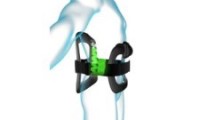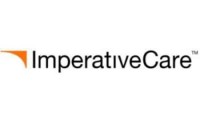-
Making the Most of Real-World Data in Clinical Trials
- Source: drugdu
- 177
- January 3, 2024
-
Boston Scientific initiates new Farapulse trial, expects FDA approval in 2024
- Source: drugdu
- 188
- December 30, 2023
-
CMEF 2024
- Source: drugdu
- 207
- December 27, 2023
-
Orthofix has positive spine stimulation tech data
- Source: drugdu
- 182
- December 27, 2023
-
NHS trials home testing for chronic kidney disease
- Source: drugdu
- 102
- December 27, 2023
-
FDA Roundup
- Source: drugdu
- 111
- December 26, 2023
-
Smartwatches prove effective in detecting heart arrhythmias in children
- Source: drugdu
- 111
- December 20, 2023
-
Imperative Care begins first-in-human study of neurovascular stent
- Source: drugdu
- 125
- December 18, 2023
-
Nanopore Sequencing Cuts Tumor Analysis Times and Costs, Finds Study
- Source: drugdu
- 102
- December 13, 2023
-
Bright Uro Snags $23M To Make Urology Diagnostics Easier for Providers & Patients
- Source: drugdu
- 150
- December 5, 2023
your submission has already been received.
OK
Subscribe
Please enter a valid Email address!
Submit
The most relevant industry news & insight will be sent to you every two weeks.













